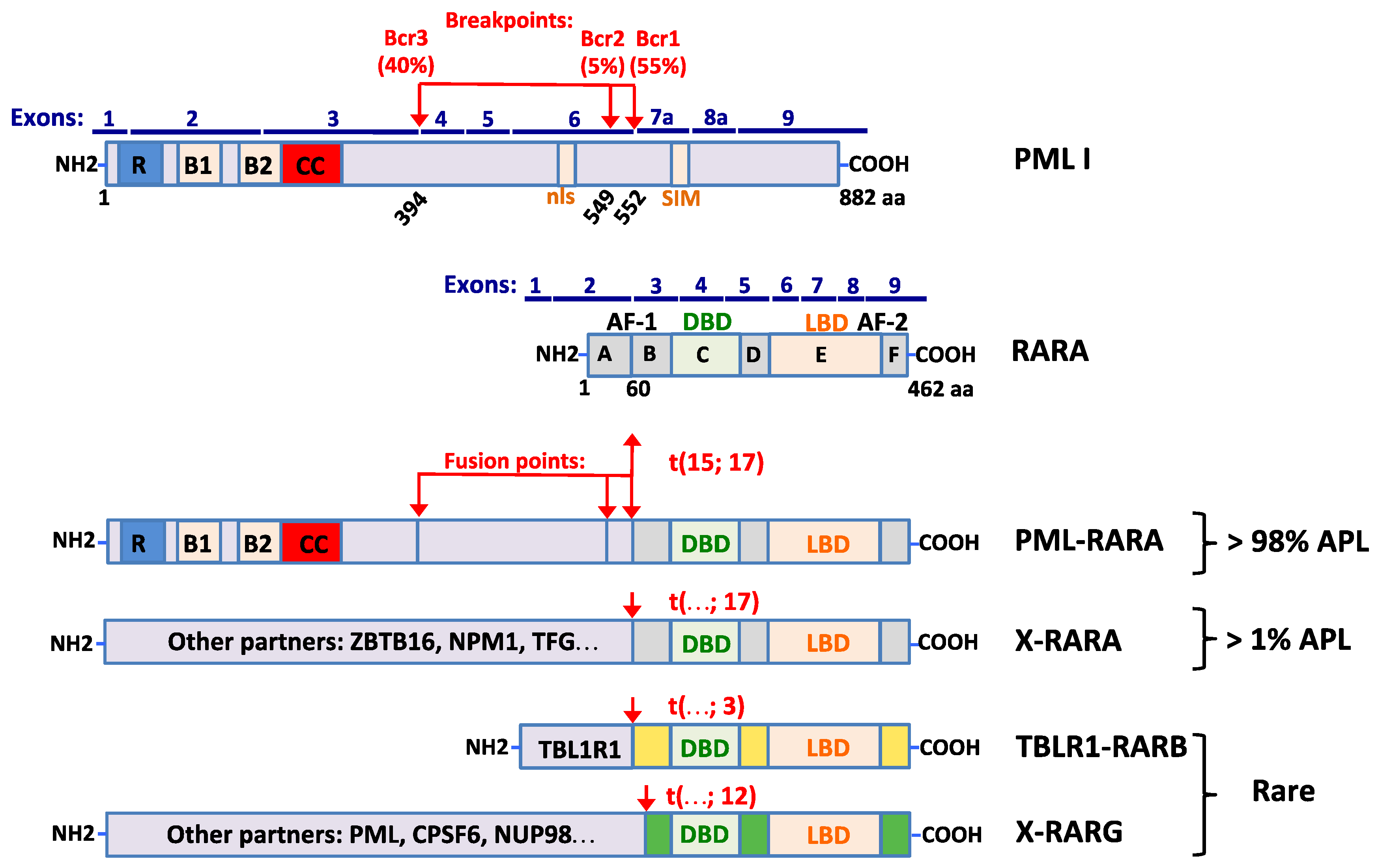

Although it is appreciated that isomers of retinoic acid activate the retinoic acid receptor ( RAR) and retinoid Xmore » receptor (RXR) family of nuclear receptors to elicit cellular changes, the molecular details of retinoic acid action remain poorly defined in immune processes. Abstract: Oxidative metabolites of vitamin A, in particular all-trans-retinoic acid (at RA), have emerged as key factors in immunity by specifying the localization of immune cells to the gut. • RARα is a key nuclear receptor for retinoid-dependent lymphocyte cell adhesion. • Adhesion occurs through a novel binding site within ADAM disintegrin domains. • Vitamin D derivatives inhibit RAR-prompted lymphocyte adhesion. • RAR activation is sufficient to induced lymphocyte cell adhesion. Highlights: • Transcription and translation are required for retinoid-induced lymphocyte adhesion. Retinoids induce integrin-independent lymphocyte adhesion through RAR-α nuclear receptor activity Taken together, our data suggest that E1A is sequestered to the nucleolus by RaRF through a specific interaction, thereby leaving RAR in the nucleoplasm for transcriptional activation. RaRF-mediated RAR repression was impaired by wild-type E1A, but not by the RaRF binding-defective E1A mutant. Both the RA-dependent interaction of RAR with RaRF and RAR translocation to the nucleolus were disrupted by E1A. However, RaRF overexpression promoted nucleolar translocation of E1A from the nucleoplasm. Further fluorescence microscopy indicated that E1A and RaRF were located in the nucleoplasm and nucleolus, respectively. An in vitro glutathione-S-transferase (GST) pull-down assay was used to confirm the direct interaction between E1A and RaRF.

The first coiled-coil domain of RaRF was sufficient for this interaction. Based on immunoprecipitation (IP) assays, E1A interacts with RaRF through the conserved region 2 (CR2), which is also responsible for pRb binding. Here, we report how adenovirus E1A stimulates RAR activity by associating with RaRF. Recently, we identified a novel corepressor of RAR called the retinoic acid resistance factor ( RaRF) (manuscript submitted).

Transcriptional activity of the retinoic acid receptor ( RAR) is regulated by diverse binding partners, including classical corepressors and coactivators, in response to its ligand retinoic acid ( RA). De-repression of RaRF-mediated RAR repression by adenovirus E1A in the nucleolus.


 0 kommentar(er)
0 kommentar(er)
